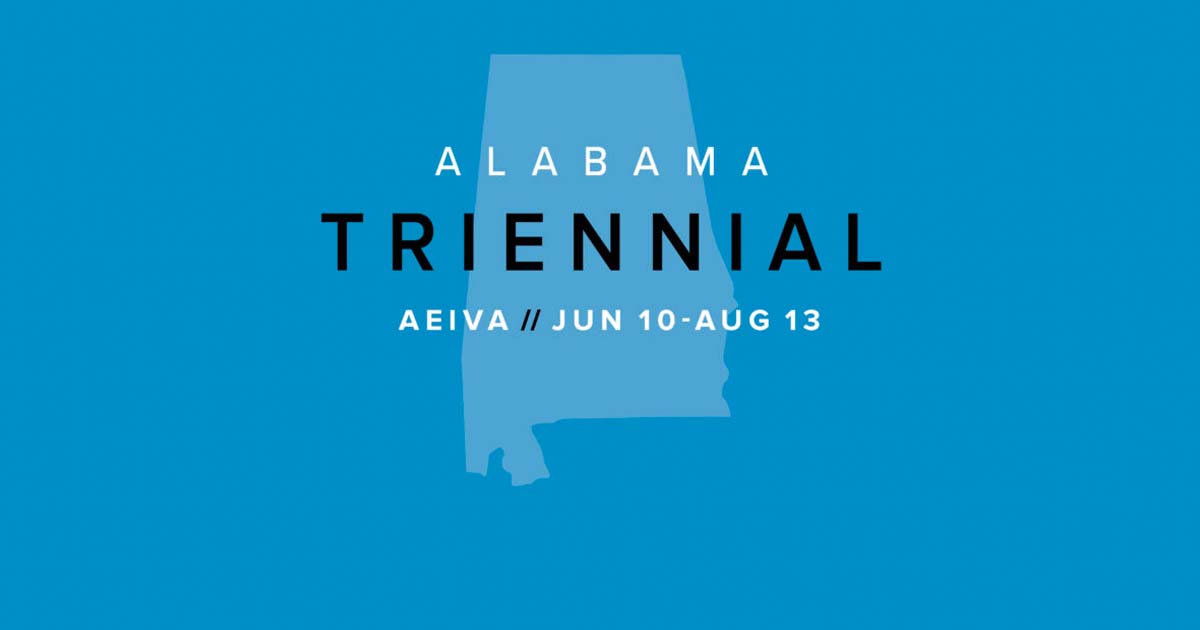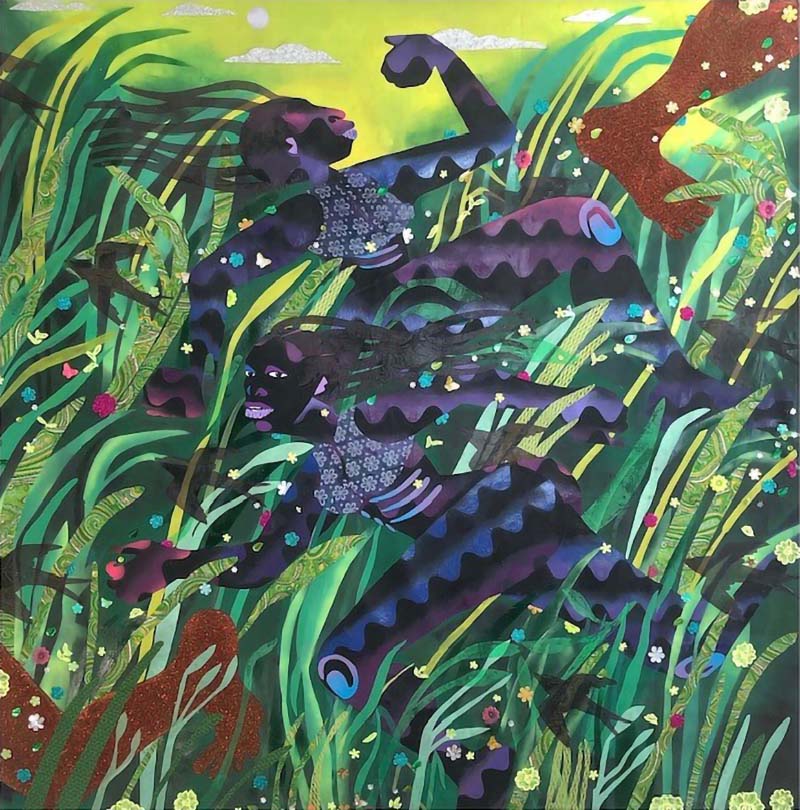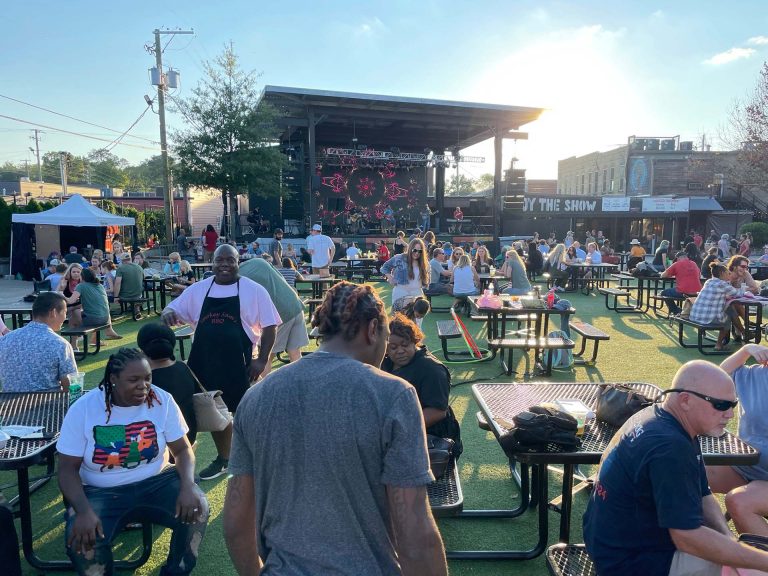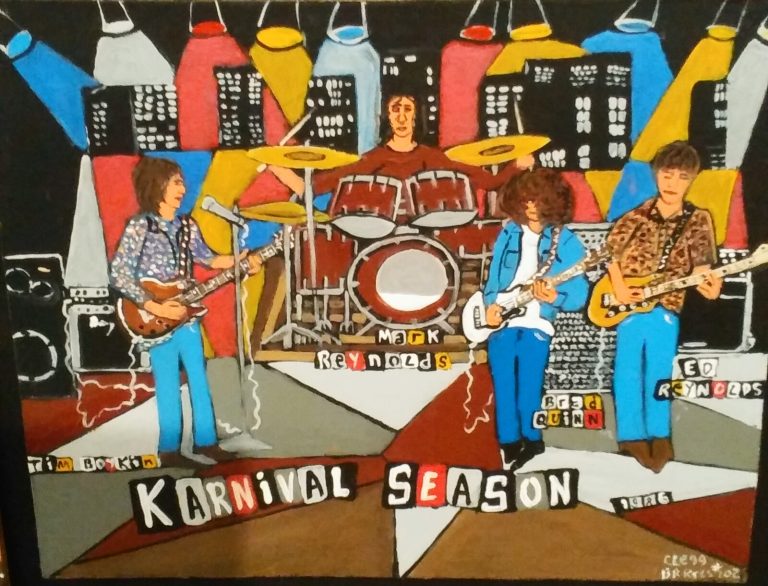State’s ‘abundant’ arts talent celebrated at inaugural Alabama Triennial at AEIVA
You may not think of Alabama as a hotspot for the visual arts. However, there are many talented artists working in the state, according to the curators at the Abroms-Engel Institute for the Visual Arts (AEIVA) at UAB.
“There are so many artists working in Alabama right now who are operating at a high level of sophistication,” AEIVA Senior Director John Fields told UAB News.
“The breadth of creativity and talent is abundant in the state of Alabama,” AEIVA Assistant Curator Tina Ruggieri told the outlet.
But these artists don’t always receive the attention they deserve, Fields said.
“As a curator, I’ve always felt that Alabama doesn’t always do a great job at recognizing the talent in our own backyard,” Fields told BHMSTR. “There are so many hard-working artists in Alabama that enjoy successful careers and recognition and acclaim in other parts of the country but remain relatively unknown in their own home state.”
In order to help change that, Fields and Ruggieri recently curated the first-ever Alabama Triennial.
The exhibition, which opened in June, remains on view at AEIVA through Aug. 13 and features works by artists who were either born in Alabama or are currently living in the state.
The Alabama Triennial will be held again beginning in the summer of 2025, Fields said.
Filling all of the museum’s galleries, the 2022 Triennial includes a wide variety of media, including painting, printmaking, photography, sculpture, textiles, neon, video and sound art.
AEIVA will host a free closing reception and a book release party for the exhibition catalog on Friday, Aug. 12, at 6 p.m. The event will feature “rapid-fire” artist talks from many of the artists participating in the Triennial.
Organizers hope the Triennial “will surprise, provoke and challenge viewers by presenting ideas and viewpoints from such a diverse group,” Ruggieri said.
“Many of the artists took this opportunity to create new works specifically for this show and take conceptual risks they might not have otherwise,” she added.
Each Triennial will also include a solo exhibition to recognize a particularly significant Alabama artist. For the inaugural event, that artist is Erin LeAnn Mitchell.
Her exhibition, titled “What you don’t have in your head you’ve got to have in your feet,” will be on view in Gallery One.
Along with Mitchell, the following artists are taking part in the Triennial: Tony Bingham, Jillian Marie Browning, Annie Kammerer Butrus, Tameca Cole, Derek Cracco, Lauren Frances Evans, Steven Mark Finley Jr., Sydney A. Foster, Roscoe Hall, Chintia Kirana, Jonathan Lanier, Jasper Lee, Lily Reeves, Missy Roll and Lily Ahree Siegel.
“We narrowed our selection down to 16 from a list of 60 plus of our favorite Alabama artists, but any one of those 60 could have just as easily been in the exhibition,” Fields said.
“Future iterations of the Triennial will be curated by a rotating committee of past triennial artists, art enthusiasts, arts professionals and community members,” Fields said. “We want this selection process to always feel fresh and equitable.”
About two-thirds of the 16 participating artists in the 2022 Triennial live in the Birmingham area.
“It is our hope that subsequent iterations of this exhibit will branch out further into less represented areas in Alabama,” Fields said.
The Triennial is beneficial for artists in Alabama because “it creates and builds community for the current artists to come together, share ideas, meet each other,” Birmingham painter Annie Butrus told BHMSTR.
“It is necessary to build each other up given our geographical and cultural location,” she said. “We need to see each other succeed and feel the mutual support.”
Butrus agrees that the artists in Birmingham and Alabama deserve more attention, especially those from farther outside the mainstream.
“Even though the arts have benefited tremendously from the growth and exposure of online forums, outsider artists and artists who do not benefit from traditional venues, traditional schooling and traditional ways of viewing artists need and deserve more attention,” she said.
Chintia Kirana, a multidisciplinary artist living in Montgomery, told BHMSTR that she’s “thrilled” to take part in the Triennial.
“I’m still learning my way around the Alabama art scene,” Kirana said. “The Triennial provides an opportunity to share my work and be in dialog with other artists making contemporary work in Alabama.”
Kirana, who was born in Indonesia, makes art in both traditional and digital media and said she has also created “happenings with socially engaged projects.”
She said that the Triennial can benefit artists in Alabama due to four factors: community, opportunity, exchange and education.
The Alabama Triennial exhibition catalog is about 120 pages and includes biographies of each artist along with color images of all the artworks in the show. The book is $35 and will be available for purchase at the closing reception Aug. 12. It will also be available at AEIVA beginning Sep. 9, as well as on the museum’s website.
You can find more information about AEIVA on our BHMSTR venue page.










